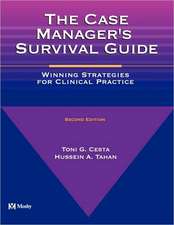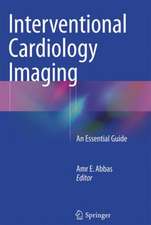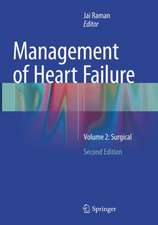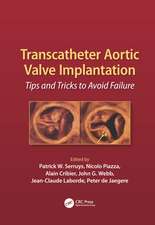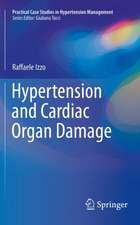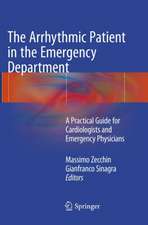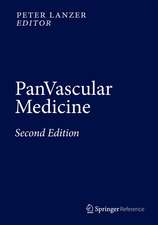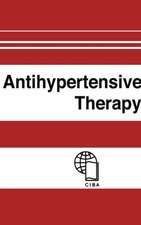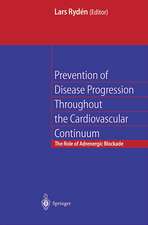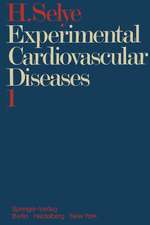The ECG in Emergency Decision Making
Autor Hein J. J. Wellens, Mary Boudreau Conoveren Limba Engleză Paperback – 26 oct 2005
Preț: 347.20 lei
Preț vechi: 365.47 lei
-5% Nou
66.46€ • 72.21$ • 55.86£
Carte disponibilă
Livrare economică 31 martie-14 aprilie
Livrare express 14-20 martie pentru 41.26 lei
Specificații
ISBN-10: 1416002596
Pagini: 304
Ilustrații: 330 illustrations
Dimensiuni: 203 x 254 x 17 mm
Greutate: 0.63 kg
Ediția:2. A.
Editura: Elsevier
Locul publicării:United States
Cuprins
1. Acute Myocardial Infarction
2. ECG Identification of High-Risk Patients with Unstable Angina
3. Wide QRS Tachycardia
4. Narrow QRS Tachycardia
5. Monogenic Diseases Leading to Cardiac Arrhythmias and Sudden Death
6. Slow Atrial Rhythms
7. Atrioventricular Block
8. ECG Recognition of Acute Pulmonary Embolism
9. Digitalis-Induced Emergencies
10. Other Drug-Induced Emergencies
11. Potassium-Related Emergencies
12. Pacing Emergencies
13. Prehospital Cardiac Emergencies
Appendix 1. Emergency Axis Determination
Appendix 2. Electrical Treatment Of Arrhythmias
Appendix 3. Emergency Drugs
Descriere
The ECG in Emergency Decision Making, second edition, explains and illustrates the importance of 12-lead electrocardiograms (ECGs) in making rapid and informed decisions in cardiac care. It covers the logical steps to the ECG recognition of the underlying mechanism of cardiac emergencies, their prognostic significance, and the best treatment. AHA treatment guidelines are presented, aspects of differential diagnosis are explained, and perforated decision-making cards are included.



